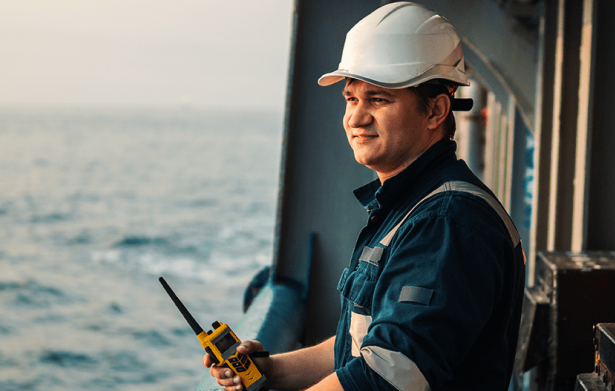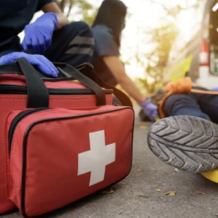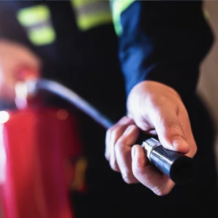
Exclusive Safety Training
One of only two maritime institutions in the nation
SUNY Maritime College, in cooperation with RelyOn, is offering all five modules of the globally recognized GWO Basic Safety Training (BST) and Basic Technical Training.
GWO Basic Safety Training Modules
Number of maritime institutions offering globally recognized GWO safety courses
Wind turbines within the U.S. Wind Turbine Database
The predicted number of full-time offshore wind industry workers needed annually from 2024 to 2030
distinct roles within the offshore wind industry, including finance, engineering, maritime, and other skilled trades

With over 50 years of delivering compliance and competent services, RelyOn has been an industry leader in maintaining workplace safety while protecting the environment.
— RelyOn
Frequently asked Questions
Pre-requisites
You MUST have a WINDA ID to register for any GWO classes. Create your ID if you do not have one.
Course Length
The total course length is approximately 44 hours (5.5 days).
Learning formats
The Basic Safety Training program is now being delivered in blended learning format, reducing the amount of in-person training to three days for all five modules of training.
Blended Learning Delivery Method of Training
This blended model of learning allows the learner to familiarize themselves with essential knowledge through an eLearning format, ahead of the in-person practical training. Not only does this reduce the amount of time and money spent traveling for the course, it also allows the learner to take the theoretical portion at their own pace.
This method of delivery reduces the time spent at the training facility to 3 days from 5 for the full course BST.
Key learnings and takeaways
Students will receive a certificate of completion from RelyOn Nutec for each module. Upon completion of the GWO Basic Safety Training (BST) delegates will possess an awareness of the hazards encountered when working within the wind industry and how to control and mitigate against these hazards. The BST will also equip participants with the knowledge, skills, and confidence to appropriately respond in the event of an emergency. Students will also be able to increase their safety through proper use of personal protective equipment, emergency equipment, and procedures.







